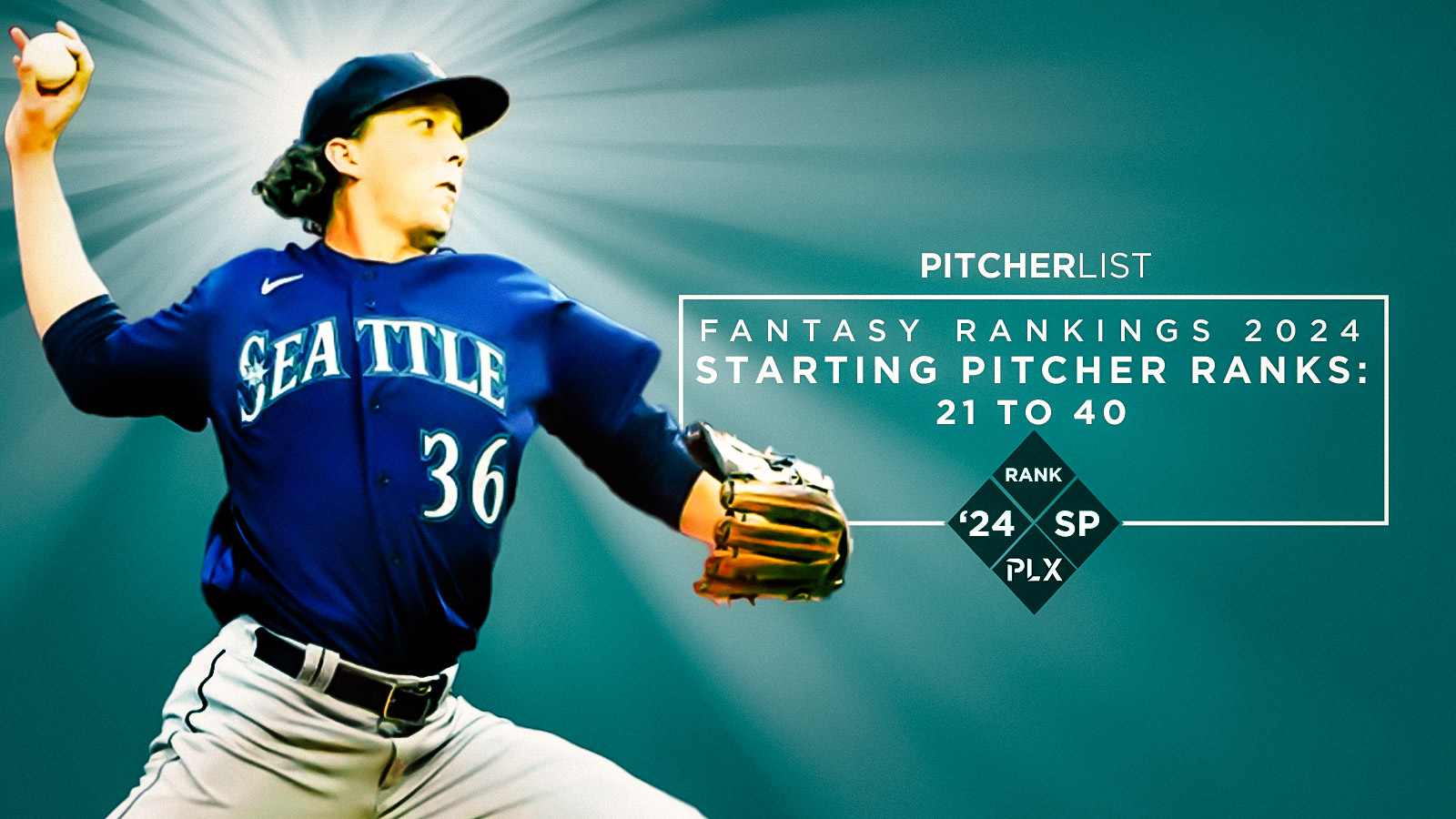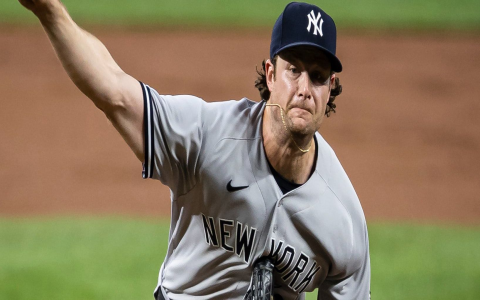Alright, folks, gather ’round. Today, I’m diving into the wild world of fantasy baseball, specifically focusing on starting pitchers. You see, I’ve been tinkering with my fantasy team for weeks, and let me tell you, it’s been a journey. So, I figured, why not share my process with you all? Maybe it’ll help a fellow fantasy baseball enthusiast out there.

First things first, I started by making a list of all the starting pitchers I thought would have a great season. Not just the big names, but also those under-the-radar guys who might surprise everyone. I spent hours poring over stats from last season, reading expert analyses, and even listening to some podcasts to get different perspectives. It felt like being a real baseball scout, you know, minus the cool hat and the constant travel.
Once I had my initial list, I knew I needed to narrow it down. This is where things got tricky. I decided to create a simple ranking system, giving each pitcher a score based on things like their ERA, strikeouts, and even their team’s overall performance. I mean, a great pitcher on a lousy team is like a diamond in the rough, right? You gotta account for that. I went through my list, assigning points here and there. It wasn’t a perfect science, more like educated guessing with a sprinkle of gut feeling.
The Heavy Hitters
Naturally, I had to look at the big guns first. Guys like Gerrit Cole, Jacob deGrom (when he’s not injured, that is), and Max Scherzer, these are the powerhouses who can really anchor your fantasy team. But they also come with a hefty price tag in fantasy drafts. So, I had to weigh the pros and cons. Do I splurge on one of these aces or spread my resources to get a more balanced rotation? It’s like deciding between a fancy sports car and a reliable sedan – both have their perks.
The Sleepers
- Then, there are the sleepers. These are the pitchers who might not be on everyone’s radar but have the potential to be breakout stars.
- Finding these guys is like finding a hidden gem in a thrift store – it takes time and patience, but the payoff can be huge.
- I scoured through minor league reports, checked out spring training performances, and even dabbled in some advanced stats like FIP and xERA to see who might be undervalued.
After all that digging and ranking, I finally had my list. It wasn’t set in stone, of course. Fantasy baseball is a dynamic beast, and things change quickly. Injuries happen, players slump, and rookies emerge out of nowhere. So, I knew I had to stay flexible and be ready to adjust my rankings throughout the season. It’s like playing chess, but instead of pieces, you have pitchers, and instead of a board, you have a baseball diamond. Okay, maybe that analogy got away from me a bit, but you get the idea.
Anyway, that’s how I tackled my fantasy baseball starting pitcher rankings this year. It was a lot of work, but hey, that’s part of the fun, right? And who knows, maybe all this effort will pay off, and I’ll finally win my league this year. Or maybe I won’t. But at least I’ll have a story to tell. And hopefully, you found my little adventure helpful in some way. Now, if you’ll excuse me, I have some more fantasy baseball research to do. This is never finished.
